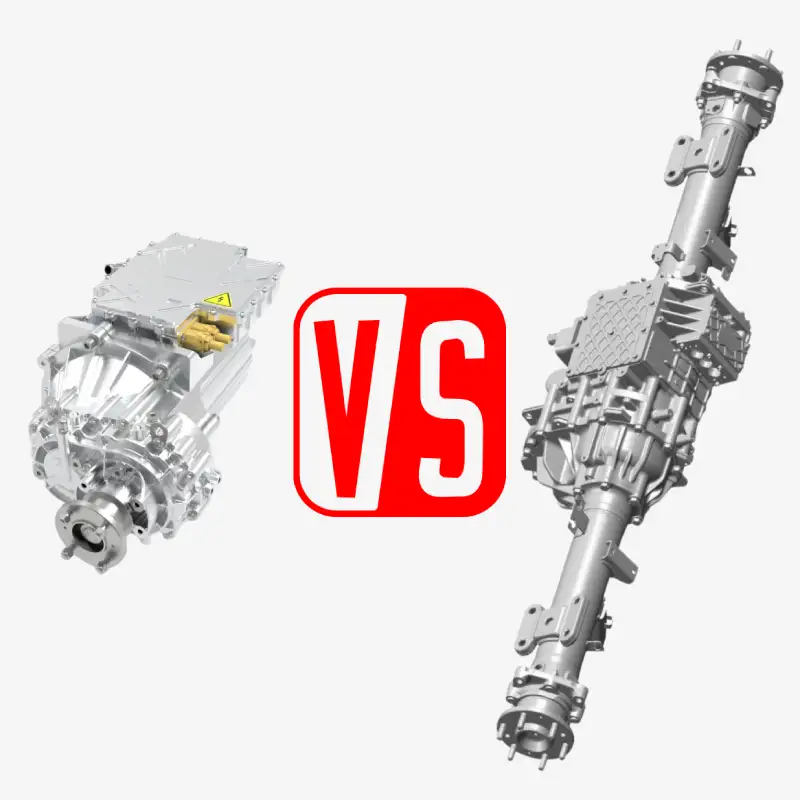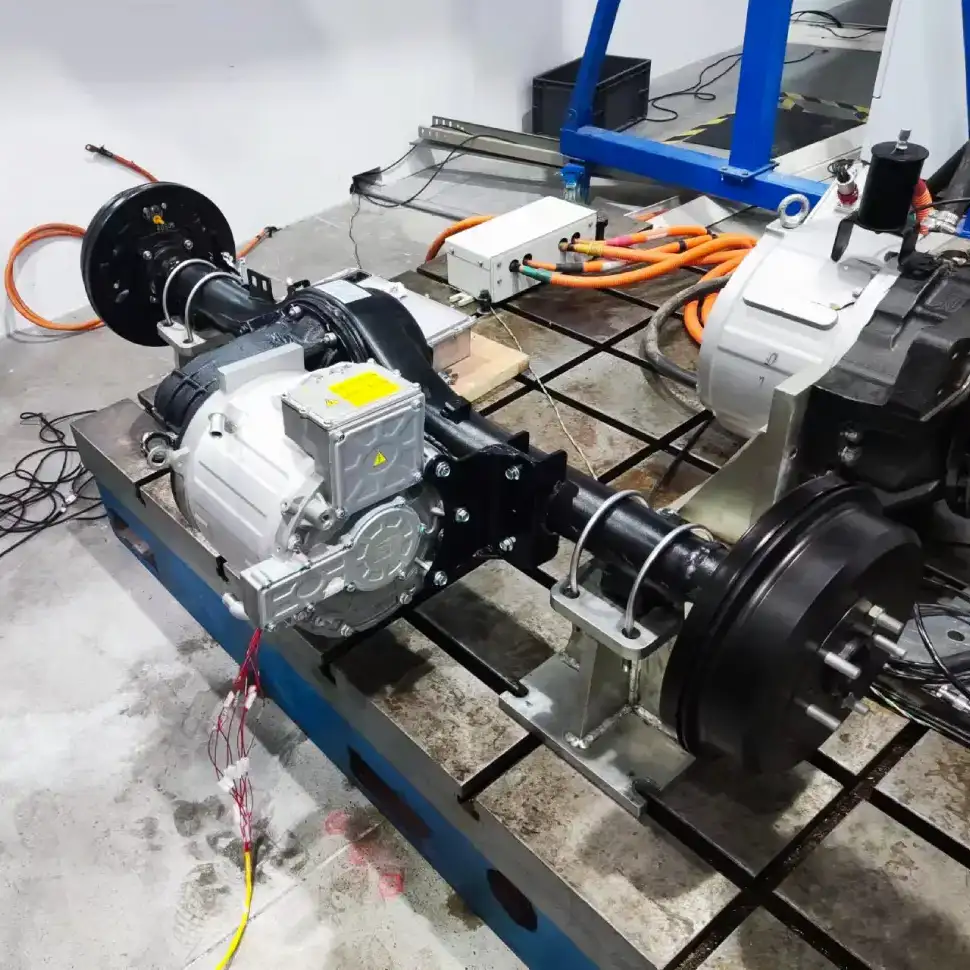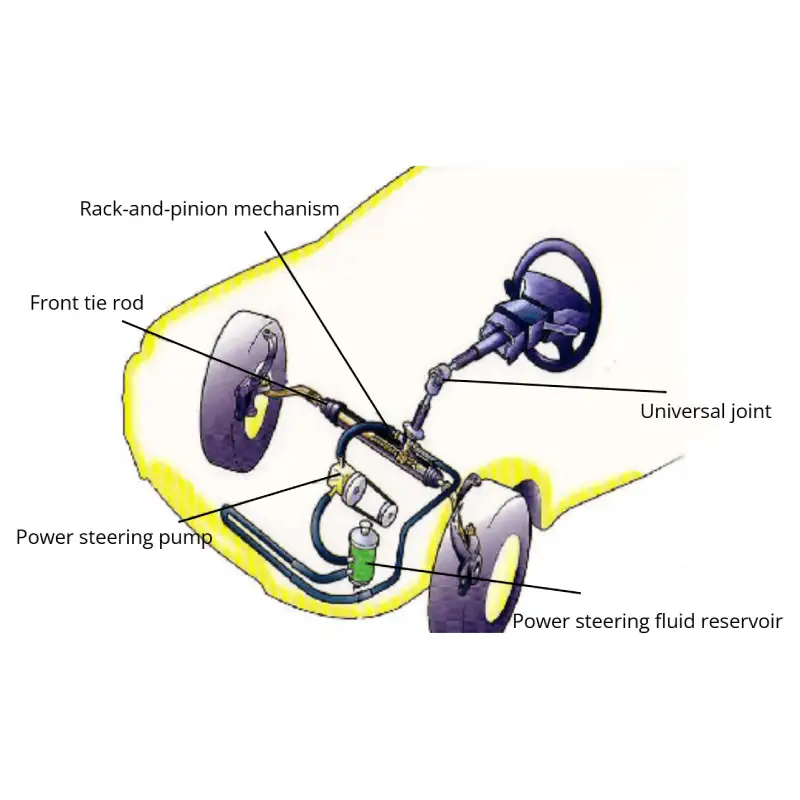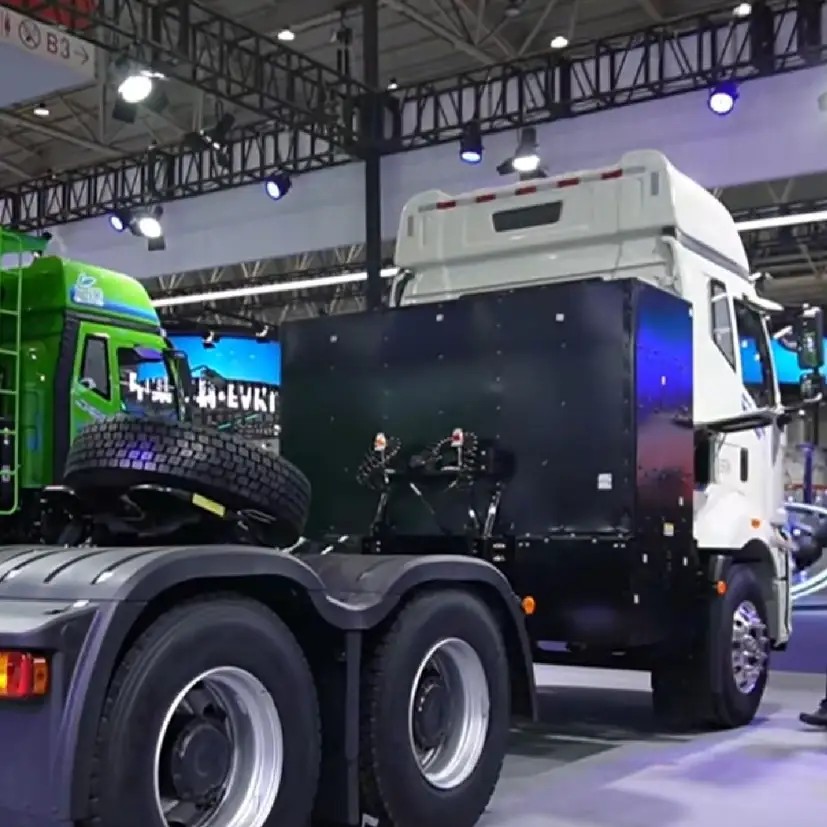Analysis: Why BYD’s Electric Buses Are Gaining Ground in Europe’s Public Transport Landscape
From Tromsø in the Arctic Circle to the sun-soaked streets of Barcelona, BYD electric buses have become a familiar sight across Europe. As the continent pushes forward on its green mobility transition, BYD’s battery-electric buses (BEBs) are fast becoming the new “green arteries” of modern cities.

With over 6,500 electric bus orders across 110+ cities in 20 countries, and more than 550 million kilometers of cumulative driving range (equivalent to reducing 599,000 tons of CO₂ emissions), BYD has reshaped how Europe moves since entering the market in 2013. But how did a Chinese manufacturer break into one of the world’s most competitive public transport markets—and win trust?
Building Trust: From Skepticism to Leadership
When BYD introduced its first K9 electric buses in Europe in 2013, the response was filled with doubt. “Will Chinese batteries withstand our climate?” was a common question from European transit authorities. A decade later, BYD buses are operating reliably in sub-zero temperatures—surviving -40°C winters in Northern Sweden with zero breakdowns over five years, and achieving a 99.8% punctuality rate in London, outperforming diesel fleets.

A Holistic Zero-Carbon Ecosystem
In Amsterdam, a typical commuter’s day might begin on a BYD electric bus, continue with a business meeting in a Denza D9 EV, and end by charging their home solar battery system, repurposed from a retired BYD bus battery. This is the zero-carbon ecosystem BYD is building across Europe:
- Commercial vehicles leading the way: Electric buses operating in 80% of Europe’s major public transport systems.
- Passenger cars following suit: The premium Denza MPV brand is now a favorite among German taxi companies.
- Energy loop closure: Retired bus batteries are repurposed into energy storage systems for households.
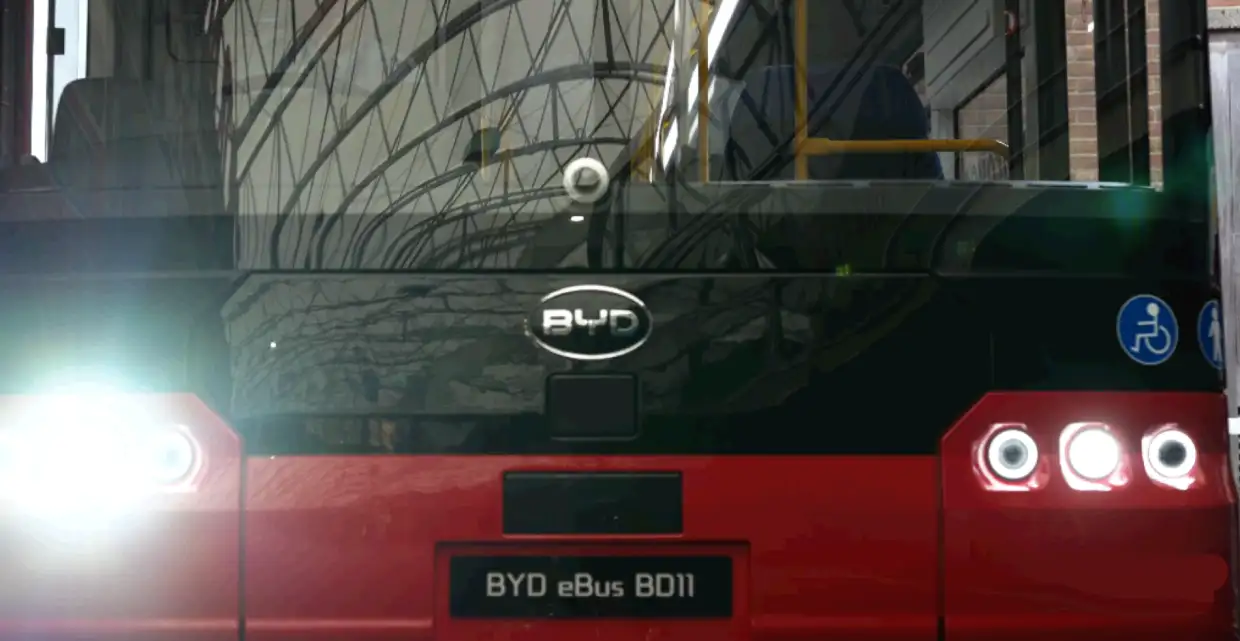
“We’re not just selling vehicles—we’re offering a complete zero-emission mobility solution,” emphasized BYD’s European brand lead. In Bergen, Norway, this “ecosystem model” is already proving effective: BYD secured both the city’s public bus contract and a fleet agreement with the largest local car rental company, creating a robust green mobility network.
Tailored Engineering for Every City
Three key innovations set BYD’s buses apart in Europe:
- Cold Climate Mode: Self-heating batteries that improve start-up efficiency by 40% in -30°C weather; heated floors in Nordic editions reduce energy consumption by 15%.
- Mountain Algorithms: Swiss models include an “Alpine Mode” with regenerative braking on long descents; Lisbon versions boost hill-climbing power by 20%.
- Smart Maintenance: Predictive diagnostics identify faults 14 days in advance, cutting repair costs by 37%, according to data from Brussels operations.
“These aren’t off-the-shelf features,” explained a BYD engineer. “We developed them city by city.” Before entering Spain, the team spent three months mapping every steep street in Madrid, eventually creating the bespoke “Iberia Mode.”
The European Carbon Calculator
In Hamburg, 200 BYD buses save enough diesel annually to fill 1.5 Olympic-sized swimming pools. In Rennes, France, the city’s full electrification efforts earned it the EU’s Green Capital award and secured €200 million in additional environmental funding. Across Europe, cities are discovering that electrification brings both environmental and political capital.
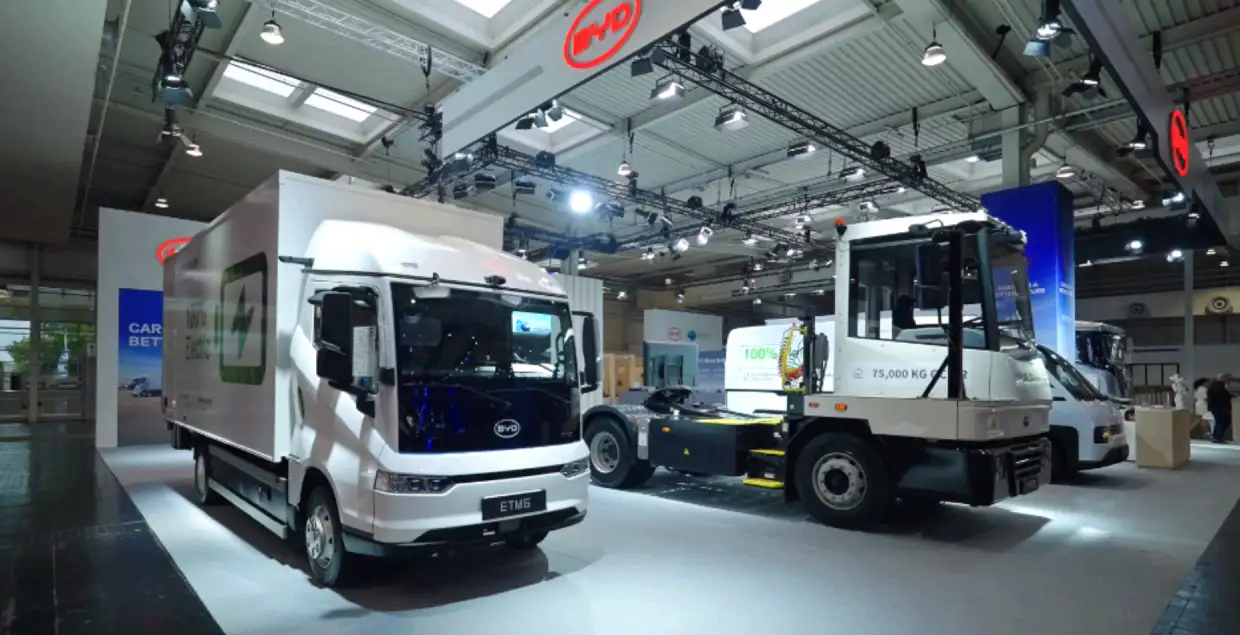
The Road Ahead: From Electrification to Full Zero-Carbon Transport Chains
In 2024, BYD’s European presence is reaching a new milestone. Its Hungarian factory will produce 1,000 buses annually, with the first “Made-in-Europe” units rolling out soon.
“The real competition starts now,” said a transport policy expert. “When Chinese brands begin shaping the standards, the rules of the game change.” In fact, six provisions in the latest EU electric bus safety regulations are based directly on BYD technologies.
Conclusion: Lessons for European OEMs
BYD’s European journey shows what’s possible with strategic persistence, local customization, and technological leadership. From Copenhagen airport to the city center, newly deployed BYD buses now carry the Danish phrase “Grøn Fremtid”—“Green Future”—on their sides. It’s an apt summary of a vision where Chinese EV technologies are no longer learners, but standard-setters.
For European OEMs and bus manufacturers looking to stay ahead in the competitive electric public transport market, one thing is clear: a zero-emission future belongs to those who innovate fast, adapt locally, and build systems—not just vehicles.

Our team at Brogen offers customized electric bus system solutions designed for European conditions—covering everything from electric axles and motors to battery systems, controllers, and power distribution units. Let’s build the next “Green Artery” of Europe together.

- Discover our Public Transport Electrification Solutions here: https://brogenevsolution.com/public-transport-electrification-solutions/
- Business inquiry: contact@BrogenEVSolution.com
- Or you can complete the table below to get in touch with us.
Contact Us
Get in touch with us by sending us an email, using the Whatsapp number below, or filling in the form below. We usually reply within 2 business days.
Email: contact@brogenevsolution.com
Respond within 1 business day
Whatsapp: +8619352173376
Business hours: 9 am to 6 pm, GMT+8, Mon. to Fri.
LinkedIn channel
Follow us for regular updates >
YouTube channel
Ev systems introduction & industry insights >
